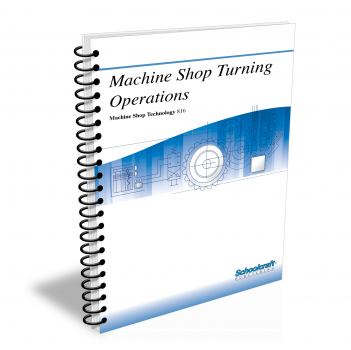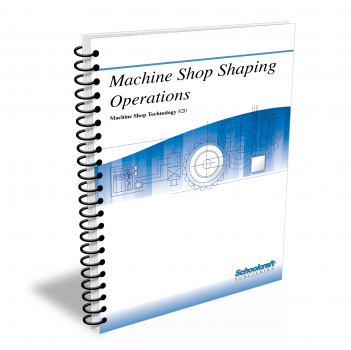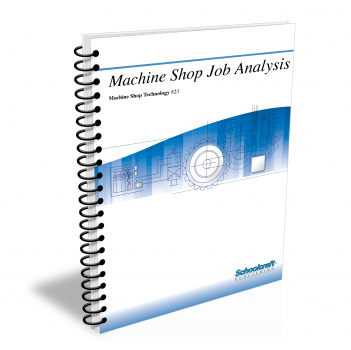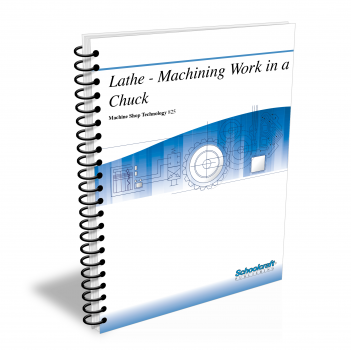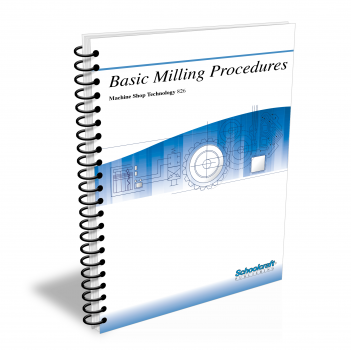Rigging
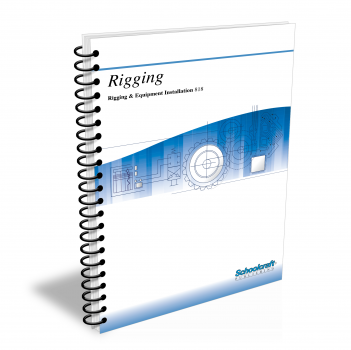
Course Number: 818
The Rigging textbook covers techniques and safeguards in the use of rope, chain, hoists, and scaffolding when moving heavy plant equipment and maintaining plant utilities.
Does your curriculum require additional topics not included in this textbook? Build a customized version of the Rigging textbook below.
Recommended Contact Hours – 11
Preview a Chapter
Available Supporting Material
- Table of Contents
- Exam Copies
- Suggested Titles
Table of Contents
Chapter 1: Introduction to Industrial Rigging
Topics: Rigging tools; Determining weight and center of gravity; Vertical and horizontal force; Slings; Hooks; Hoist hooks; Special-purpose rigging hooks
Learning Objectives:
- Identify the tools used in rigging and explain the purpose of each.
- Give examples of three methods of calculating the weight of a load.
- Explain center of gravity and its importance in rigging a load.
- Describe four common sling arrangements and the relation between sling angle and horizontal force.
- Name five types of hooks frequently used in rigging and explain the purpose of each.
- Discuss proper hook use and cite four reasons for removing a hook from service.
Chapter 2: Wire Rope and Wire-Rope Slings
Topics: Wire rope construction, classification, and strength; Seizing, cutting, and splicing; Wire-rope slings; Inspection
Learning Objectives:
- Identify the component parts of wire rope and describe its construction and classification.
- Identify and discuss the factors that affect wire rope strength.
- Describe the basic single-leg and multiple-leg slings and the calculation of their allowable loads.
- Enumerate the signs of damage that would probably cause a wire rope to be removed from service.
Chapter 3: Chain and Metal-Mesh Slings
Topics: Welded-link chain; Chain grades and strength; Chain slings; Inspecting slings; Metal mesh slings; Sling materials
Learning Objectives:
- Identify the different grades of chain and name some of their applications.
- Define the terms working load limit, proof test, and minimum breaking force.
- List and discuss four factors that affect the strength of chain slings.
- Describe three types of damage you might see in a daily inspection of chain slings that would lead you to set the sling aside for more thorough examination.
- Describe the two standard types of end fittings for metal mesh slings and the hitches for which each can be used.
- Name several advantages of, and applications for, metal mesh slings.
- List the visible signs of damage that would cause you to recommend a sling's removal from service.
Chapter 4: Fiber Rope and Webbing Slings
Topics: Natural and synthetic-fiber rope; Sling strength; Whipping rope ends; Splicing fiber rope; Synthetic webbing; Inspecting slings
Learning Objectives:
- Identify the grades of manila rope that can be used for overhead lifting.
- Name the three commonly used synthetic-fiber ropes and list three of their advantages over manila.
- Discuss the factors that affect the strength of fiber rope.
- Name the signs of wear or damage that would warrant setting a fiber-rope sling aside for more detailed inspection.
- Describe an encased polyester fiber sling.
- Explain the construction of synthetic-web slings and name four of the basic types.
- List examples of visible damage that should cause a synthetic-web sling to be removed from service.
Chapter 5: Industrial Hoists and Cranes
Topics: Overhead manual chain, power, and wire-rope hoists; Side pull; Overload limit device; Underhung and top-running cranes; Jib cranes; Inspection
Learning Objectives:
- Describe the characteristics of the various kinds of overhead hoists.
- Explain the differences between single and double reeving.
- Explain the proper function and operation of an upper limit switch and an overload limit device.
- Describe and contrast the construction of top-running and underhung cranes.
- Identify the three basic types of jib cranes.
- Describe what the rigger's daily visual inspection should include.
- List examples, from the additional criteria given in this Lesson, of conditions that should warrant removal of wire rope or hoist load chain from service.
Chapter 6: Operating Practices
Topics: Hoist and crane operation; Special heavy lifts; Pulling, setting, and turning a load; Eyebolts; The thought process of rigging
Learning Objectives:
- Enumerate the general operating practices that apply to all tools of rigging.
- Explain the 11 operating practices that apply to slings.
- Discuss nine operating practices that should be observed when using a hoist or crane.
- Detail the special circumstances under which a hoist or crane may be used to pull a load or lift a load heavier than the equipment's rated capacity.
- Describe three methods of turning a load.
- Discuss the eight questions that a rigger must answer in the thought process that should precede any lift.
Chapter 7: Scaffolds and Ladders
Topics: Types of scaffolds; Guy lines; Accessories; Ladders; How to raise and inspect a ladder; Life belts; Scaffold and ladder safety
Learning Objectives:
- Explain the construction of pole and suspension scaffolds and lift platforms, and the safety measures that apply to them.
- Name several scaffolding accessories and explain their use.
- Discuss recommended usage and inspection of the three common types of ladders.
Request Exam Copies
Exam Copies
Ready to see a copy of our textbooks? After selecting which textbooks you’d like to review for your course, you can submit your request by either logging in or creating an account so we know where to ship your exam copies. A representative from Schoolcraft will contact you to confirm and finish processing your request.
Exam copies are always free and yours to keep.
Selected Exam Copies
none selected
* Maximum of five copies can be ordered
